How to make Clarified Butter, Ghee, & Brown Butter
4.8
(26)
Your folders
Your folders
Prep Time: 5 minutes
Cook Time: 20 minutes
Total: 25 minutes
Servings: 1
Author : Laura / A Beautiful Plate
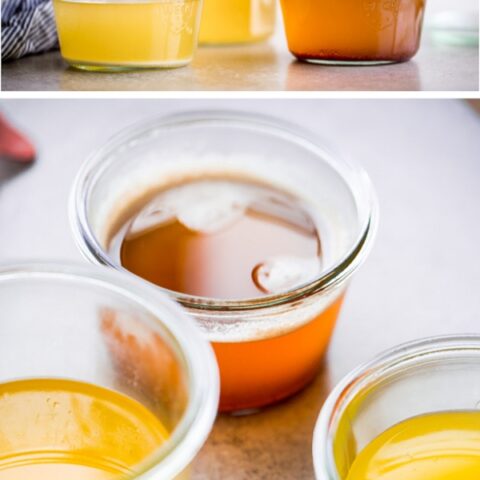
Ingredients
Export 0 ingredients for grocery delivery
Instructions
Step 1
Line a fine-meshed sieve with a few layers of cheesecloth and set over a large heatproof measuring cup. Set aside.
Step 2
Cut the butter into 1/2-inch slices and place in a medium saucepan. Heat the butter over low heat until completely melted.
Step 3
Allow the butter to simmer over low heat, as the butter bubbles and splutters, foam–or whey proteins–will begin to rise to the surface. I use a metal spoon and carefully skim the surface (do not stir the butter) to remove the foam during the entire cooking process (I have a small bowl set aside for it). This allows you to see the butter and watch it more carefully. Don’t throw out the foam, it can be stirred into sauce, tossed with pasta, etc. Adjust the heat as necessary.
Step 4
Once the foam dissipates (time will vary depending on quality and quantity of butter) and the butter starts spluttering, very small, clear bubbles should form on the surface of the butter. This is a sign that it is almost finished cooking, watch carefully.
Step 5
Remove the butter from the heat immediately, allow it to sit for a few minutes, skim any remaining foam that rises to the surface, and carefully pour the butter through the cheesecloth lined sieve, leaving the solids on the bottom of the pan. Allow the butter to cool before transferring to a heatproof jar or container. Use or store in the refrigerator (it should keep for at minimum a month, if not significantly longer).
Step 6
Repeat Steps 1-4 above.
Step 7
Once the foam dissipates and the butter stops spluttering, continue to cook the butter just until the milk solids begin to caramelize and turn golden brown on the bottom of the pan. It will be slightly more golden in color than clarified butter, and just begin to have a light nutty fragrance.
Step 8
Remove the butter from the heat immediately, allow it to sit for a few minutes, skim any remaining foam that rises to the surface, and carefully pour the butter through the cheesecloth lined sieve, so that the cheesecloth catches the milk solids. Allow the butter to cool before transferring to a heatproof jar or container. Use or store in the refrigerator (it should keep for at minimum a month, if not significantly longer).
Step 9
Cut the butter into 1/2-inch slices and place in a medium saucepan. Heat the butter over low heat until completely melted.
Step 10
Allow the butter to simmer, at this point you can increase the heat to medium to speed up the process (however, watch it carefully the whole time).
Step 11
Continue to cook the butter as it splutters and bubbles, stirring continuously with a rubber spatula and scraping the bottom of the pan continuously (this will help the milk solids caramelize more evenly). The foam will eventually subside, small bubbles will form, and the milk solids will begin to caramelize lightly. Reduce the heat to low and swirl the pan until the butter becomes fragrant (nutty) and a light amber in color.
Step 12
Turn off the heat immediately (the butter will continue to cook) and transfer the butter to a heatproof bowl, be sure to scrape any remaining brown bits that stick to the bottom of the saucepan into the bowl–this is the best and most flavorful part of brown butter! Cool the butter, and then store in a glass jar or container. Use or store in the refrigerator (brown butter will keep for at minimum a week, if not longer).
Top similar recipes
Curated for youYour folders

 342 views
342 viewsHow To Make Ghee Butter (Clarified ...
alphafoodie.com
5.0
(11)
30 minutes
Your folders
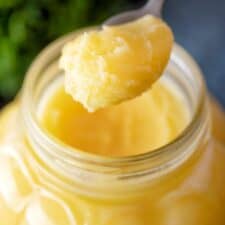
 63 views
63 views10 minute recipe to make ghee / cla...
thebellyrulesthemind.net
10 minutes
Your folders
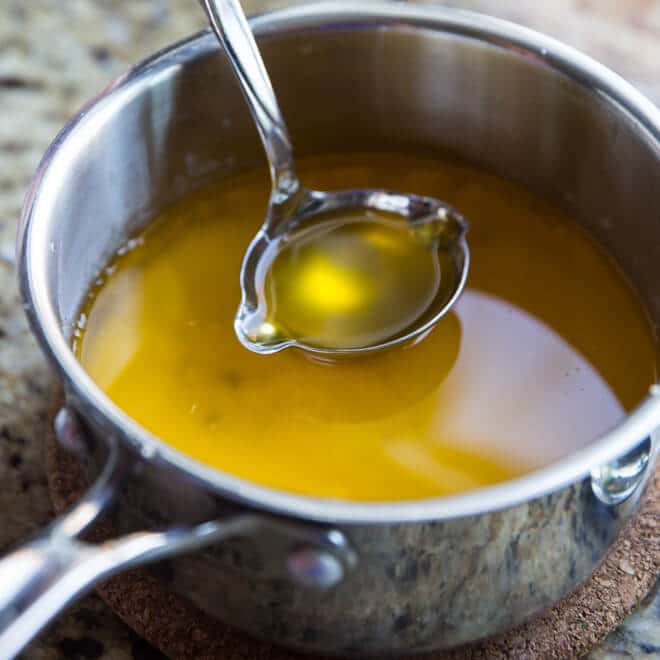
 630 views
630 viewsHow to Make Clarified Butter
culinaryhill.com
4.9
(16)
15 minutes
Your folders
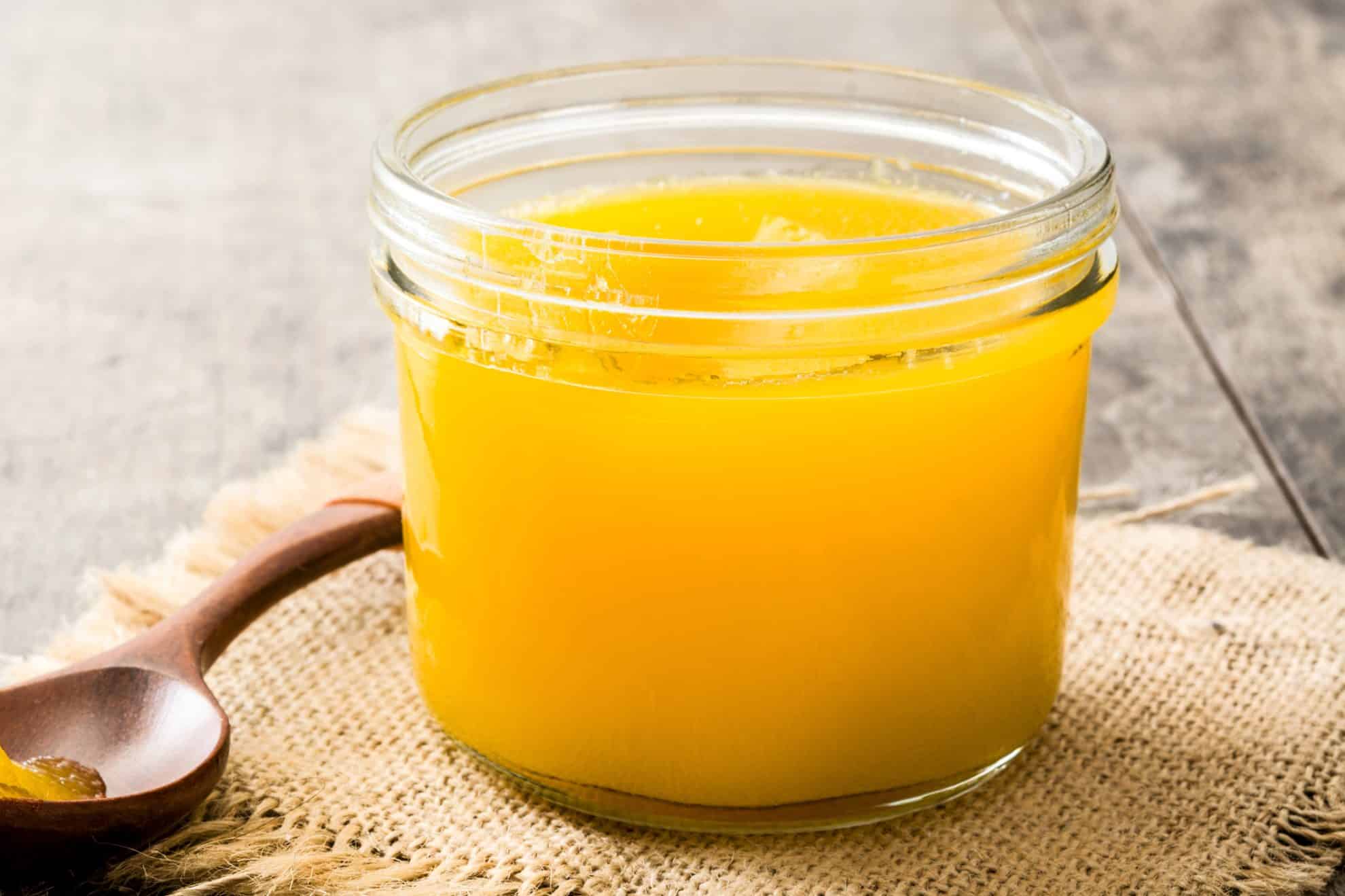
 220 views
220 viewsHow to Make Clarified Butter
savoryexperiments.com
4.9
(14)
10 minutes
Your folders
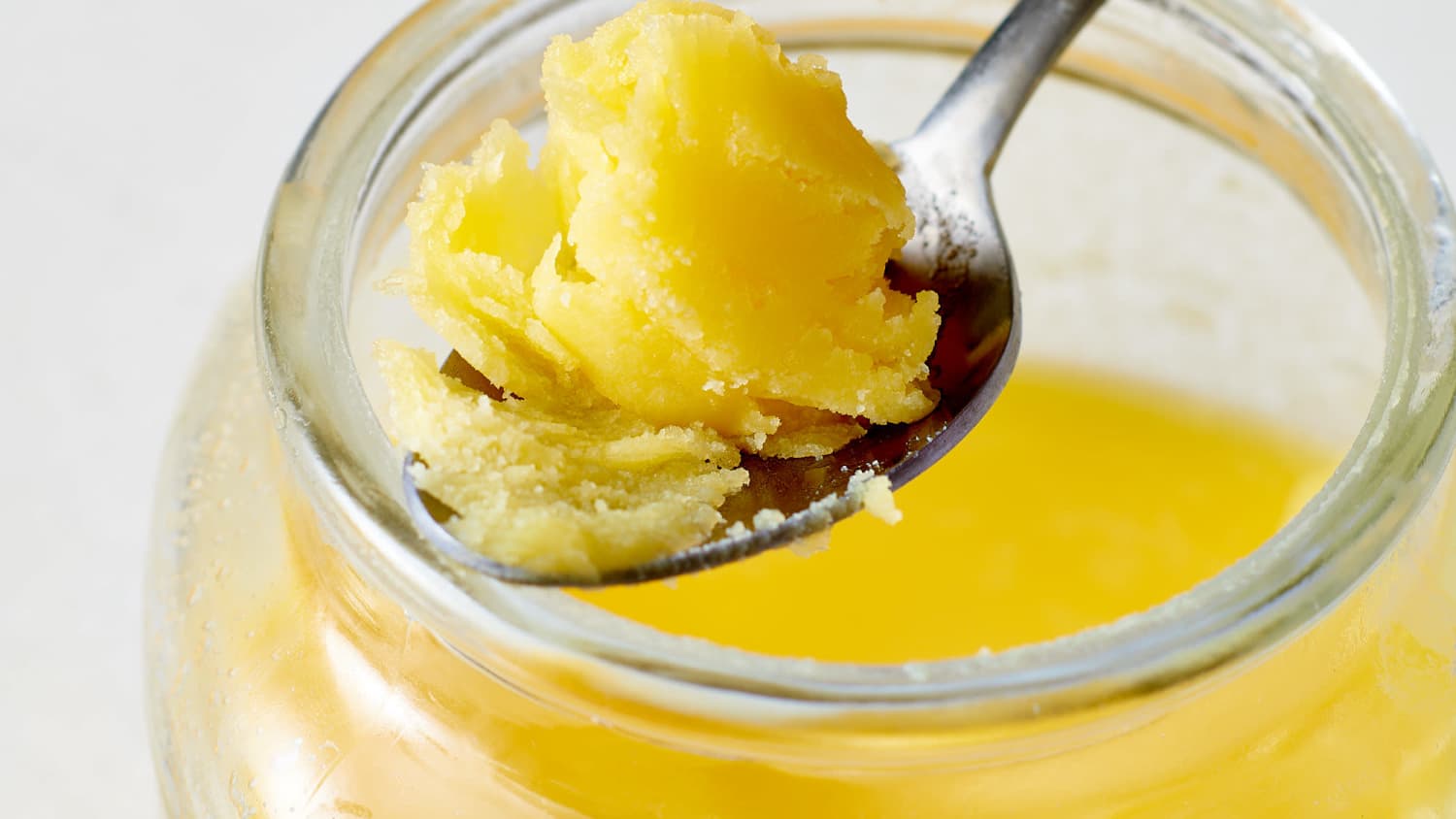
 835 views
835 viewsClarified Butter and Ghee
thekitchn.com
5.0
(1)
Your folders
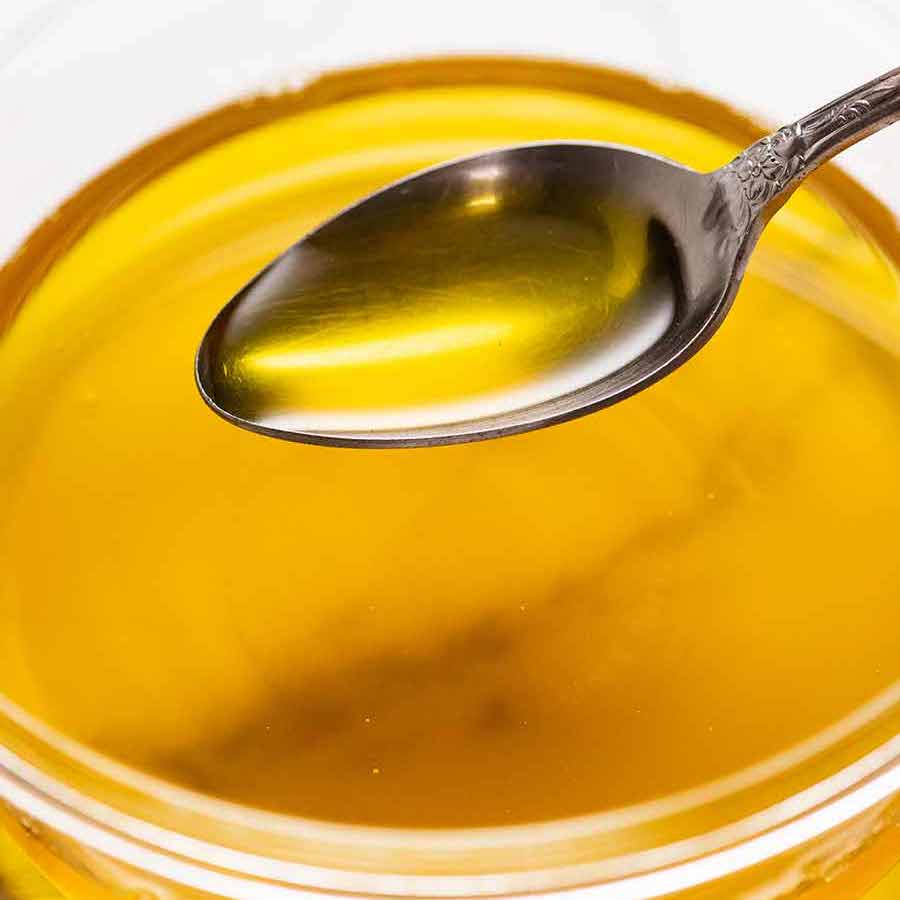
 691 views
691 viewsHow to make Ghee and Clarified Butt...
recipetineats.com
5.0
(8)
10 minutes
Your folders
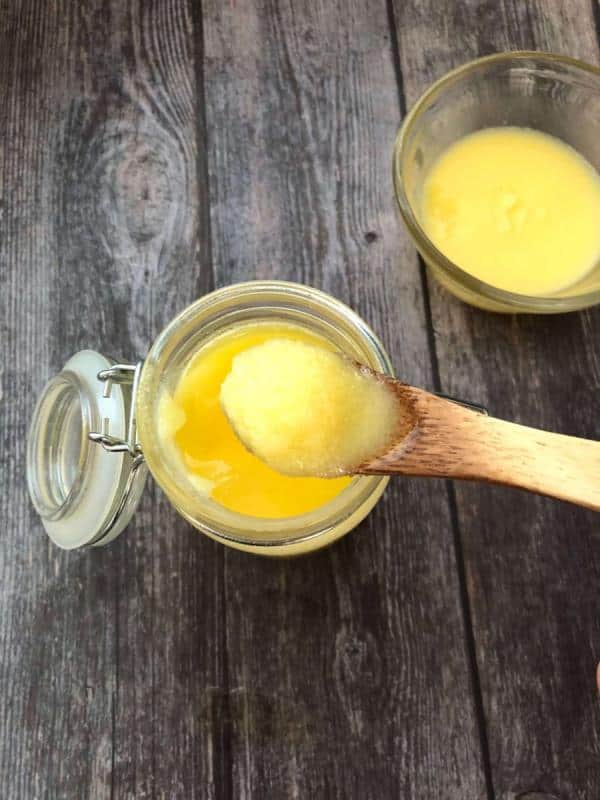
 245 views
245 viewsClarified Butter - Ghee (samneh) سم...
palestineinadish.com
Your folders
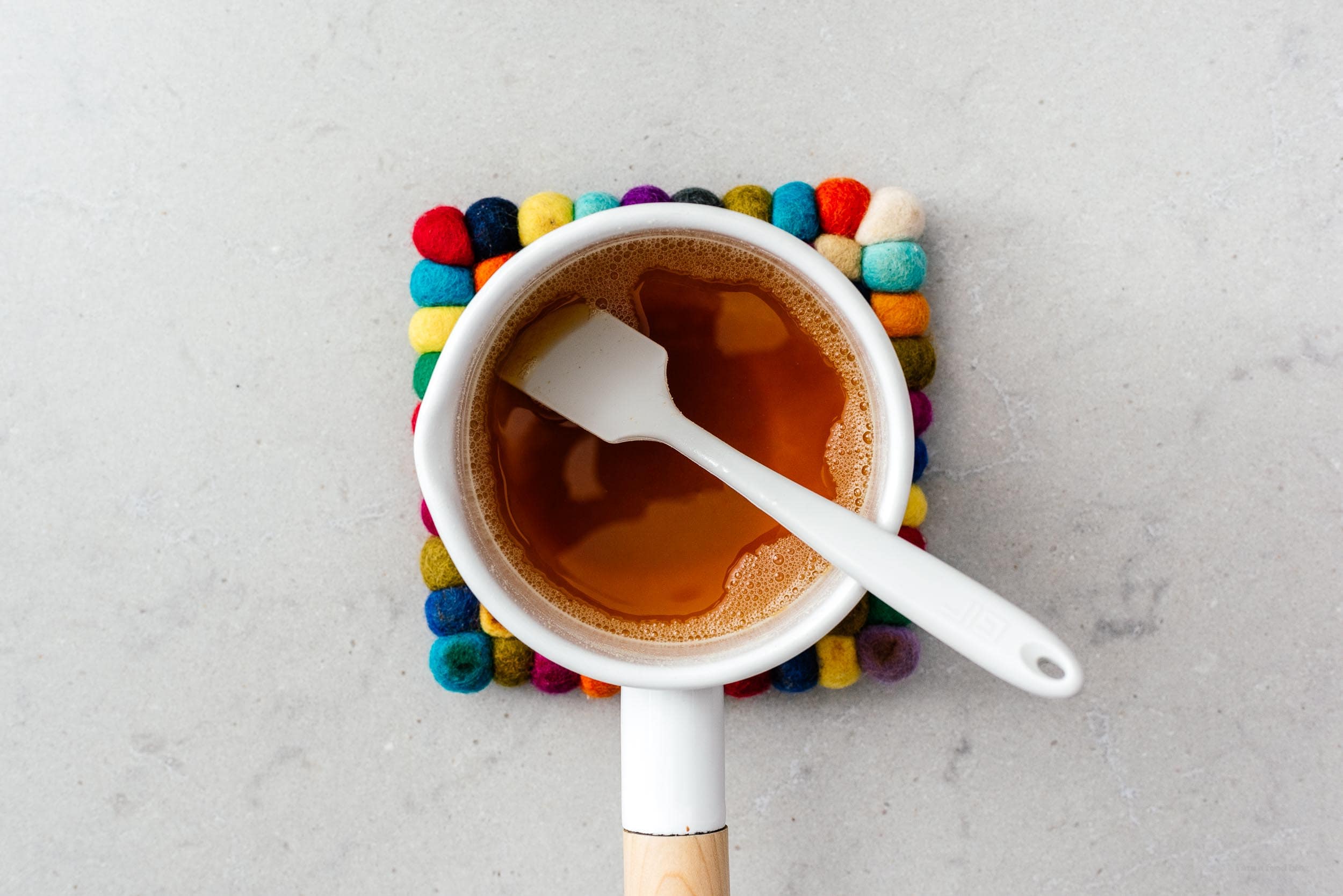
 363 views
363 viewsHow to make brown butter
iamafoodblog.com
5.0
(1)
10 minutes
Your folders
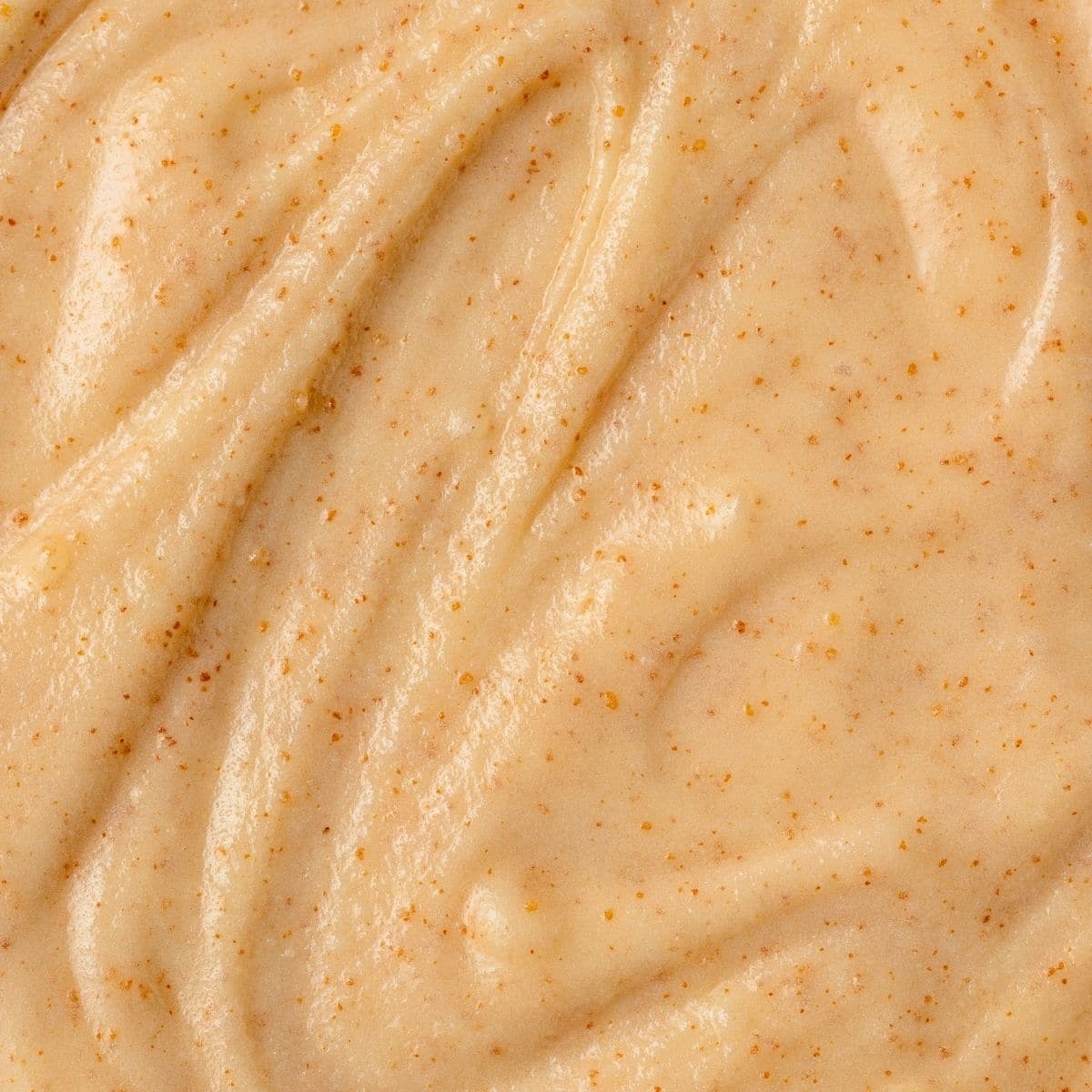
 324 views
324 viewsHow to Make Brown Butter
barleyandsage.com
5.0
(31)
10 minutes
Your folders
 95 views
95 viewsHow to Make Brown Butter
barleyandsage.com
Your folders

 5 views
5 viewsHow to Make Brown Butter
twosisterscrafting.com
8 minutes
Your folders
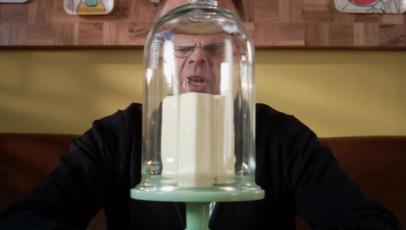
 308 views
308 viewsClarified Butter
foodnetwork.com
4.6
(10)
45 minutes
Your folders
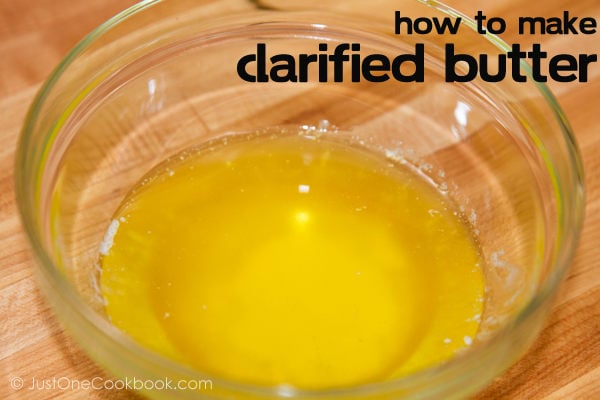
 451 views
451 viewsClarified Butter
justonecookbook.com
5.0
(1)
15 minutes
Your folders
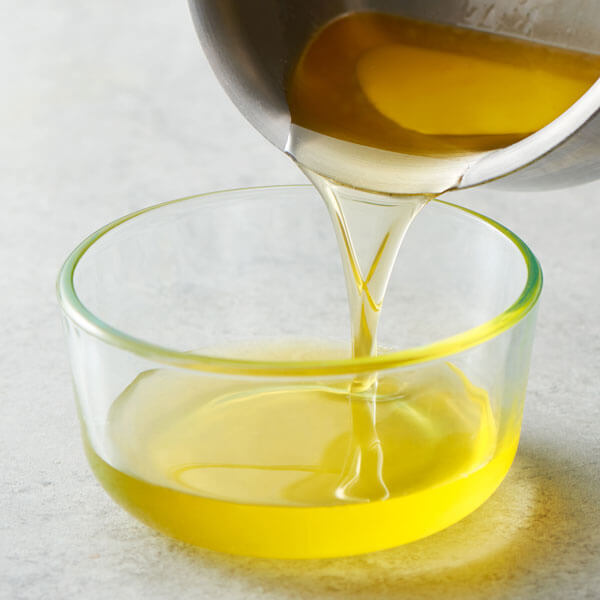
 327 views
327 viewsClarified Butter
landolakes.com
Your folders

 749 views
749 viewsHow to Make Ghee
jessicagavin.com
4.1
(28)
20 minutes
Your folders

 632 views
632 viewsHow to Make Ghee
downshiftology.com
5.0
(19)
30 minutes
Your folders

 141 views
141 viewsHow to Make Ghee
culinaryshades.com
4.9
(7)
20 minutes
Your folders
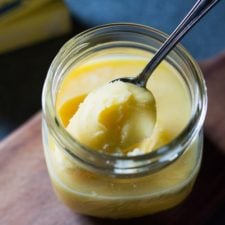
 703 views
703 viewsHow to Make Ghee
feastingathome.com
4.6
(9)
40 minutes
Your folders
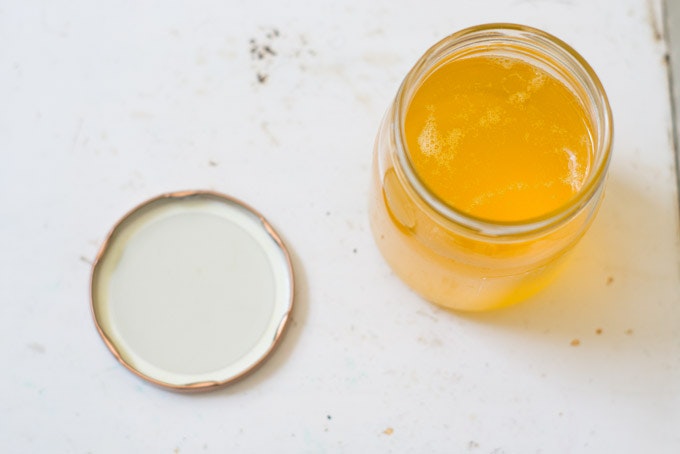
 431 views
431 viewsHow to Make Ghee
101cookbooks.com
4.0
(20)
25 minutes